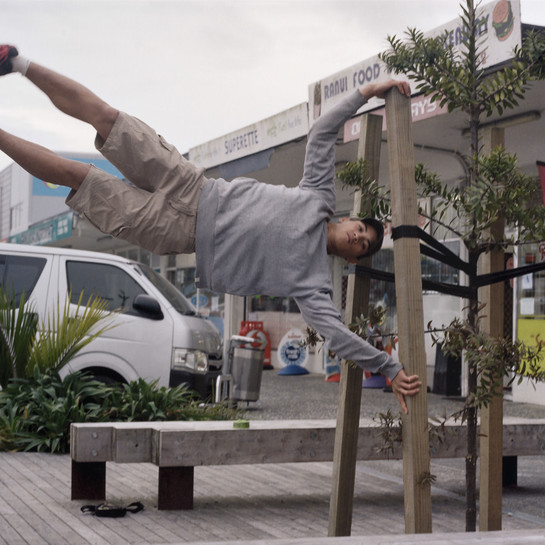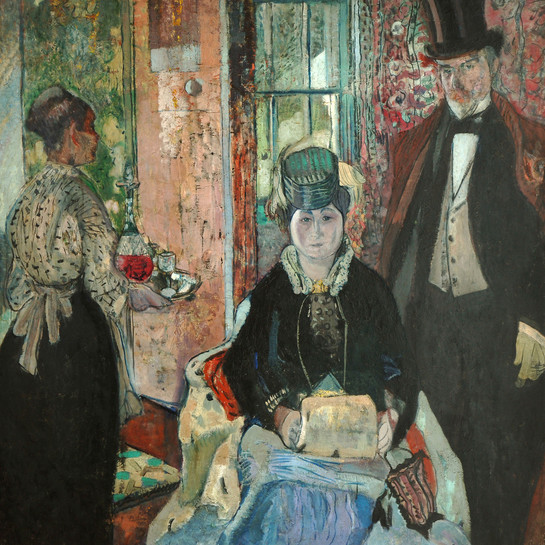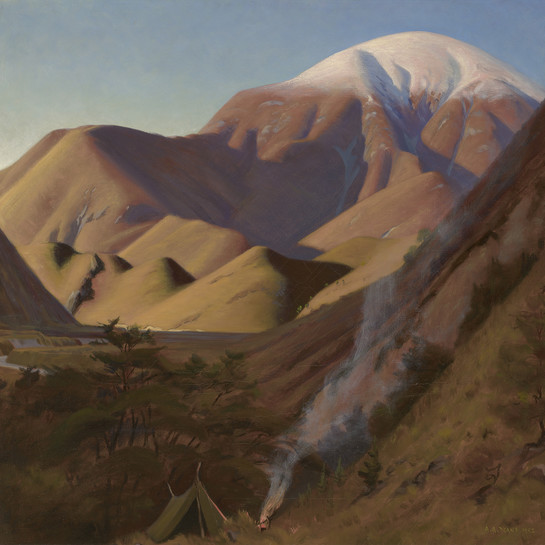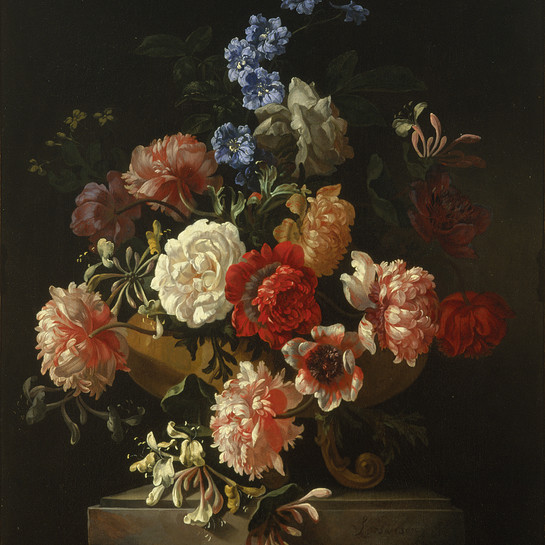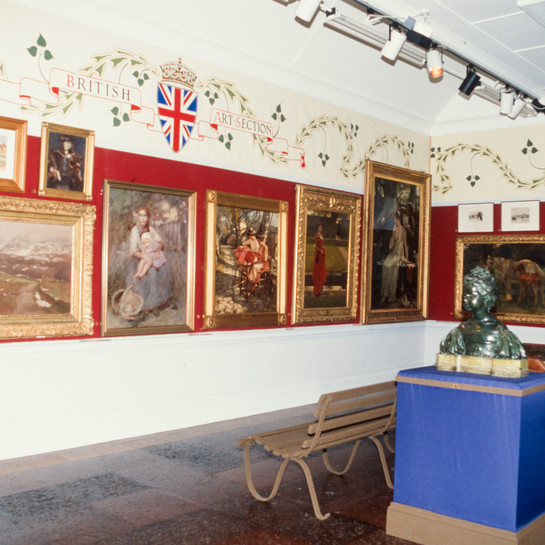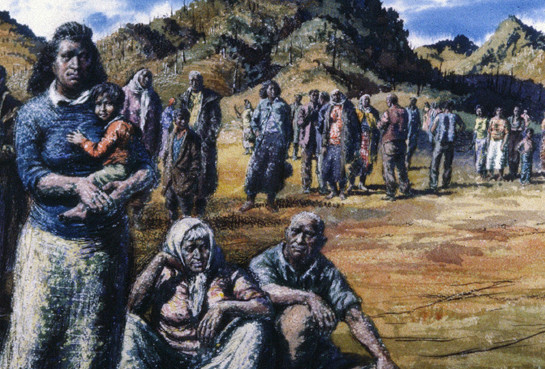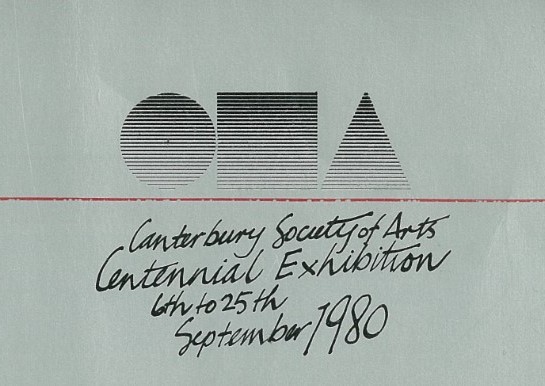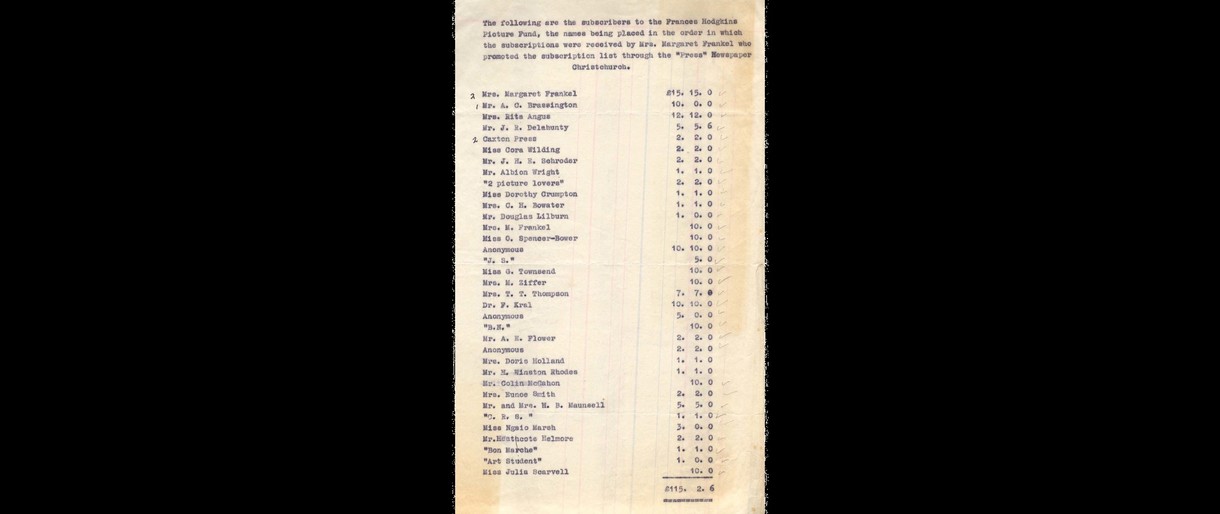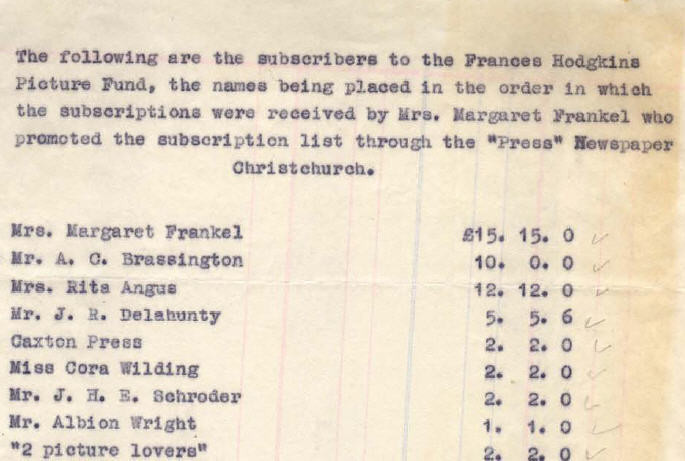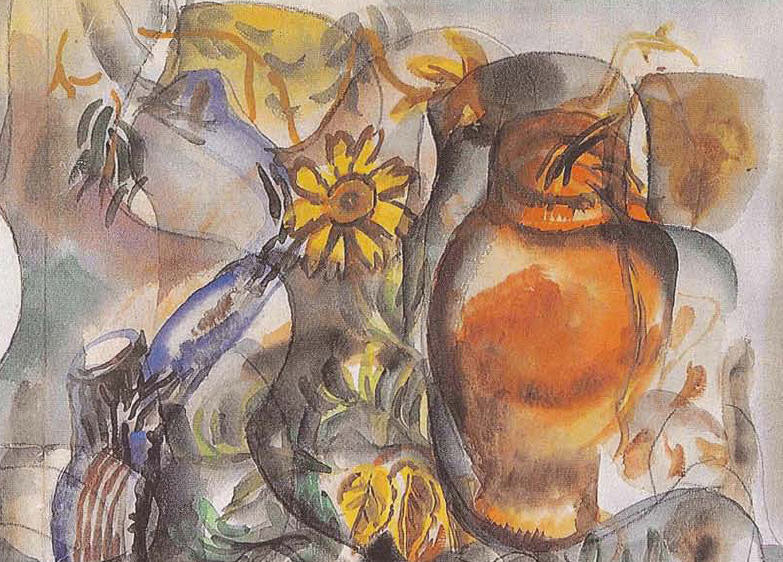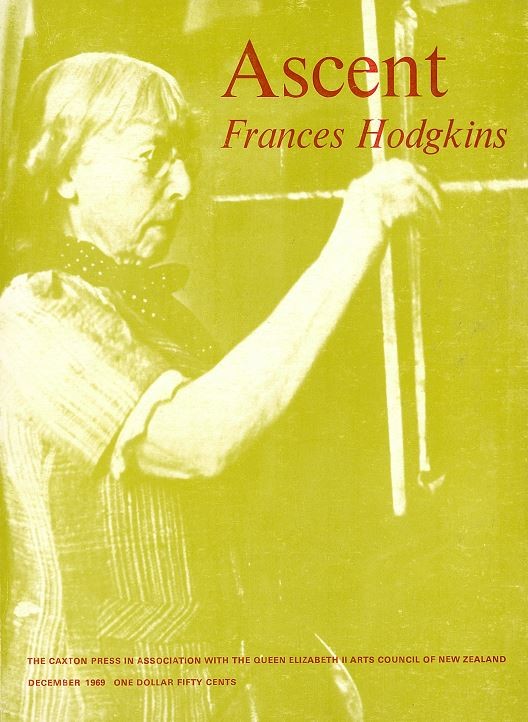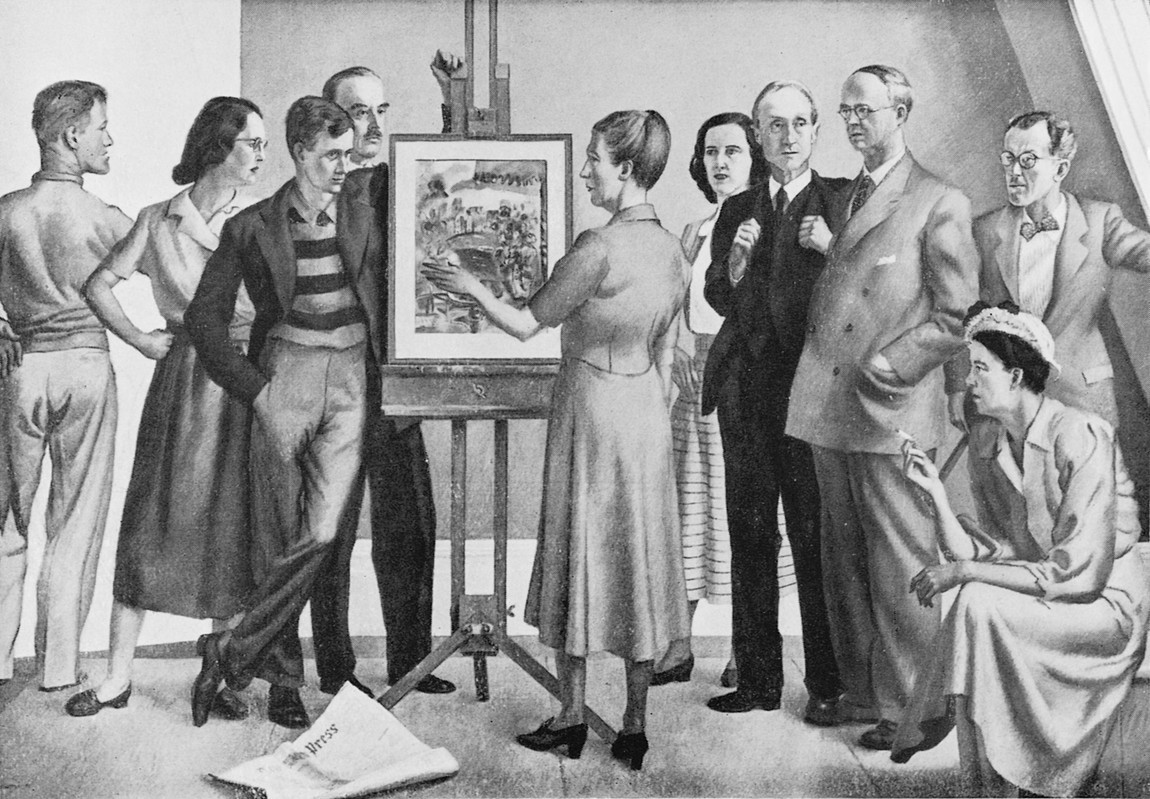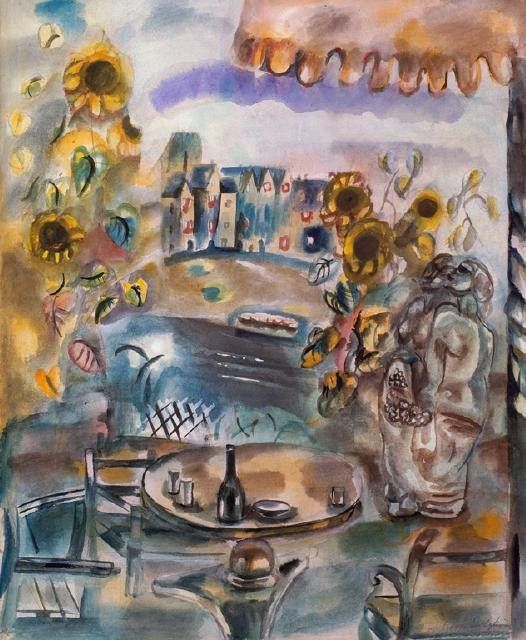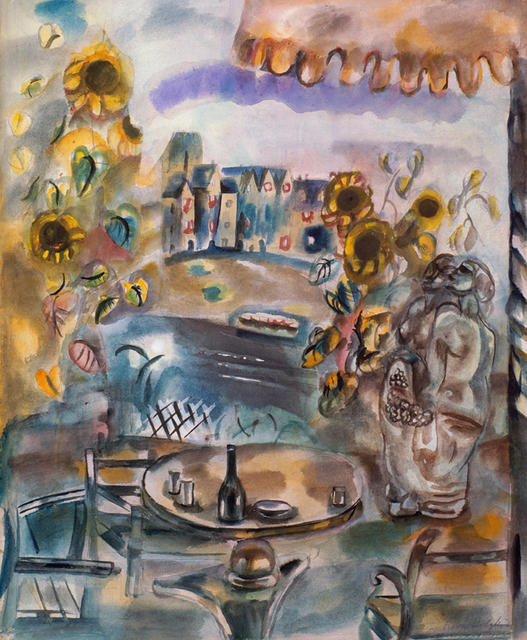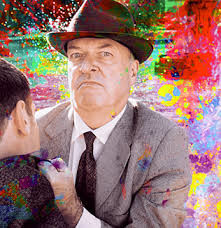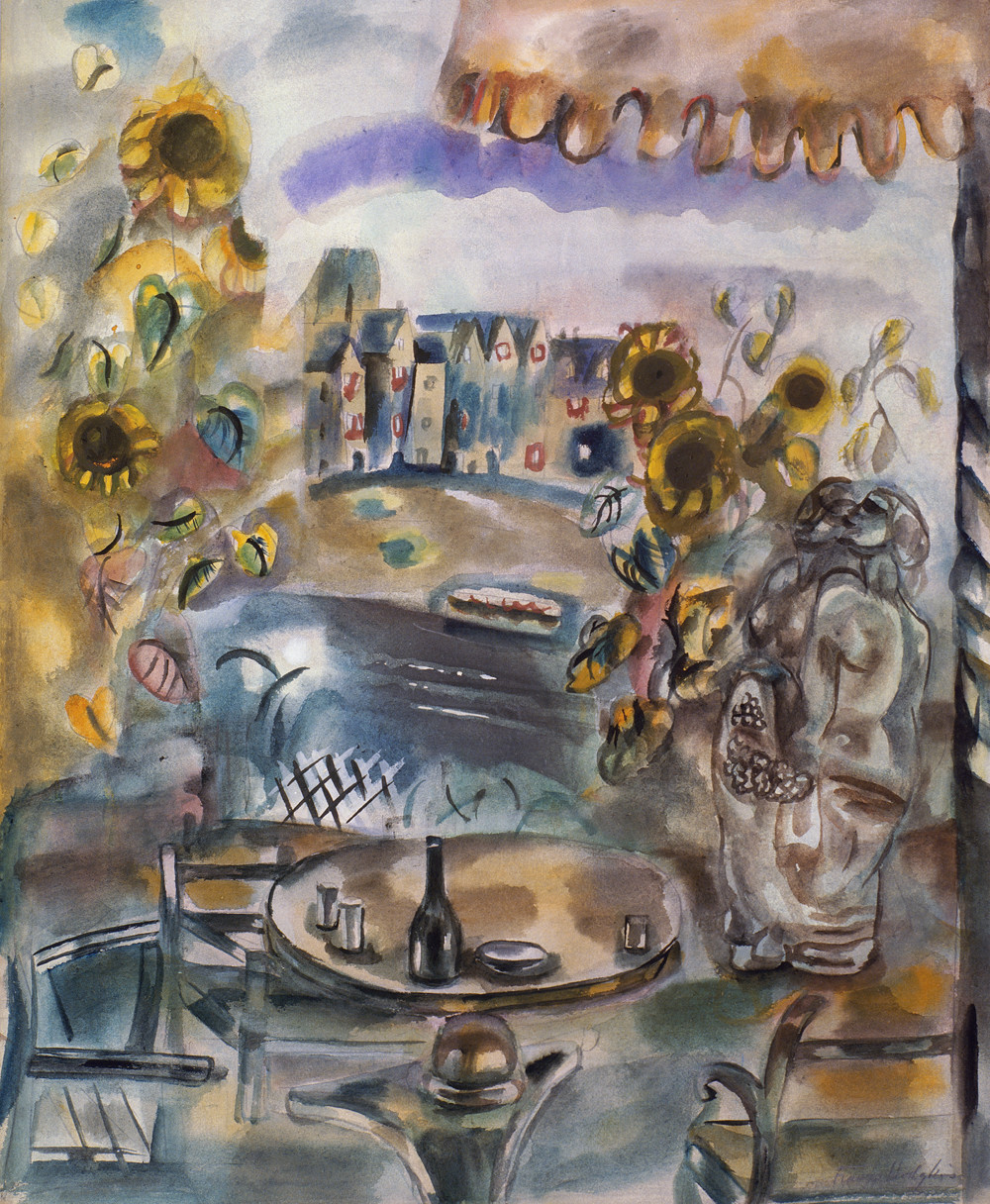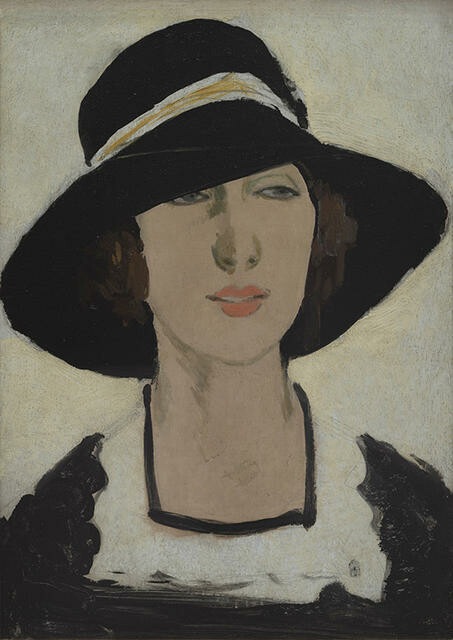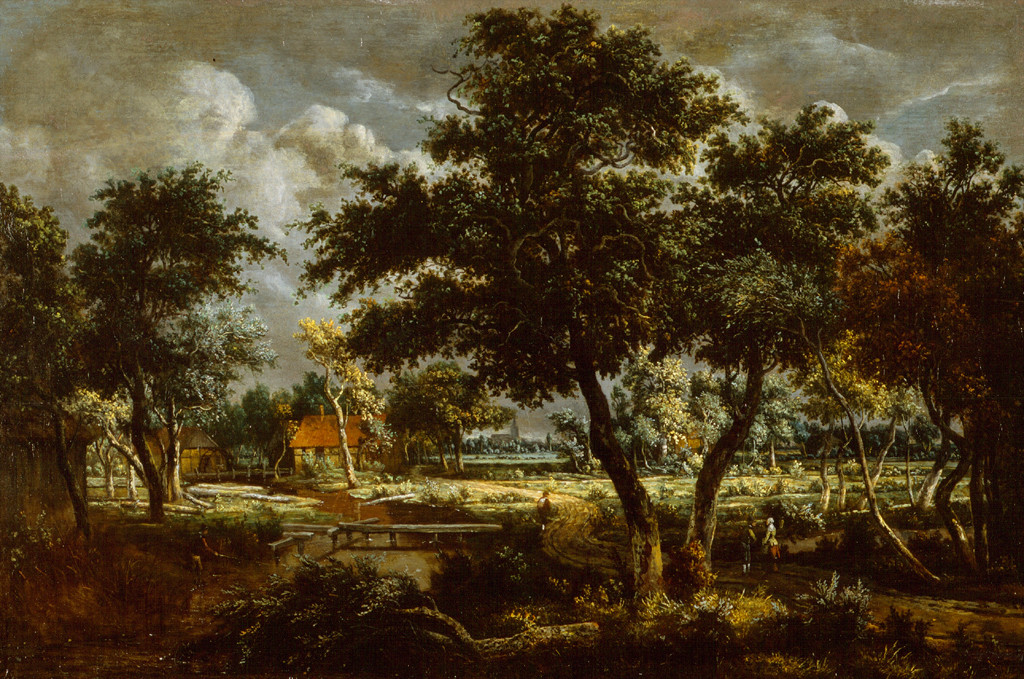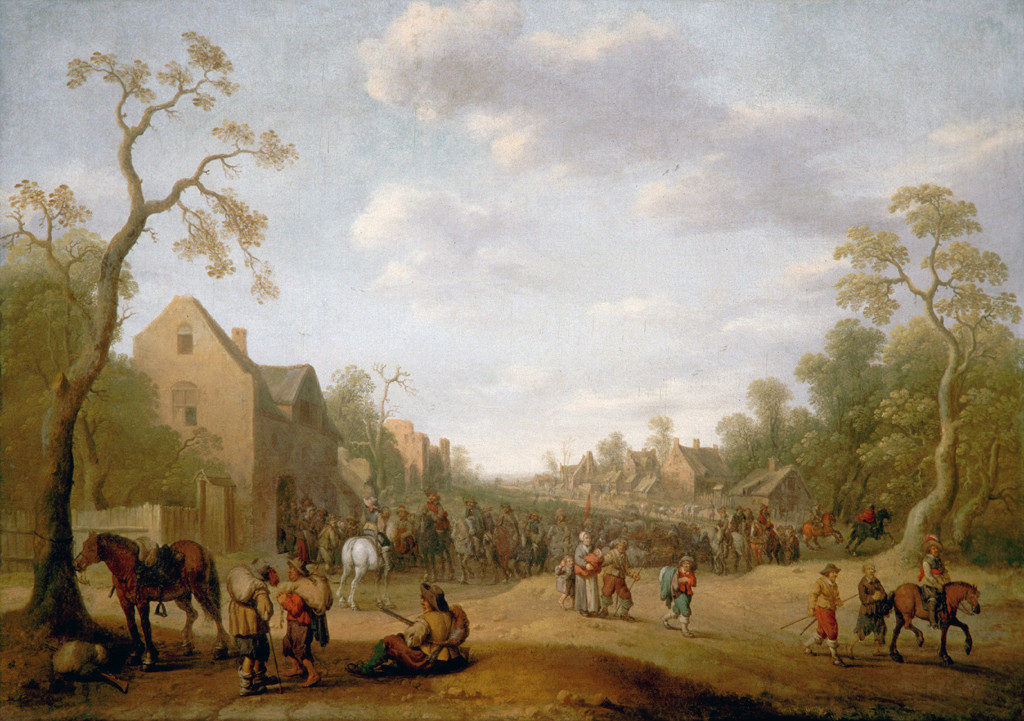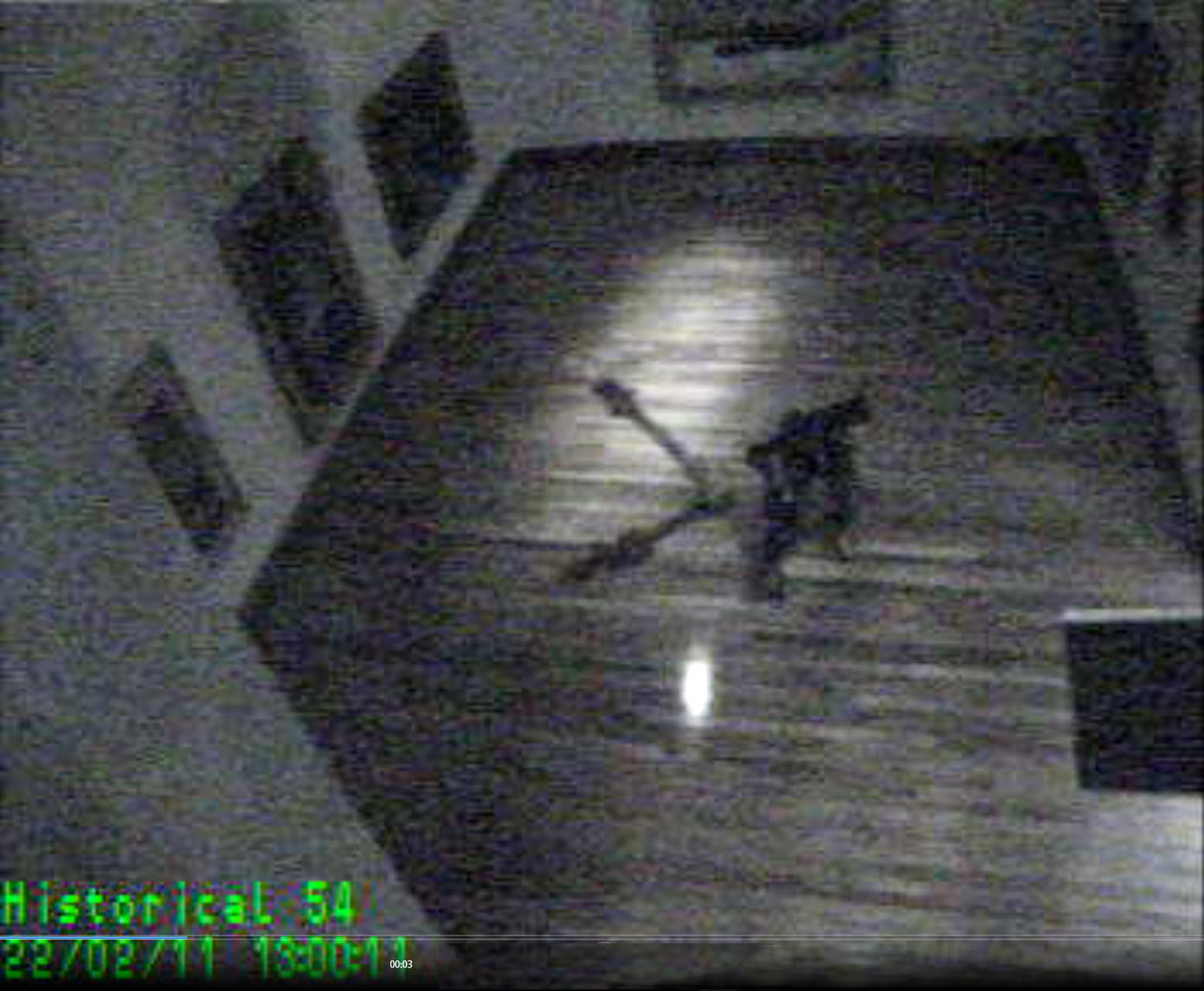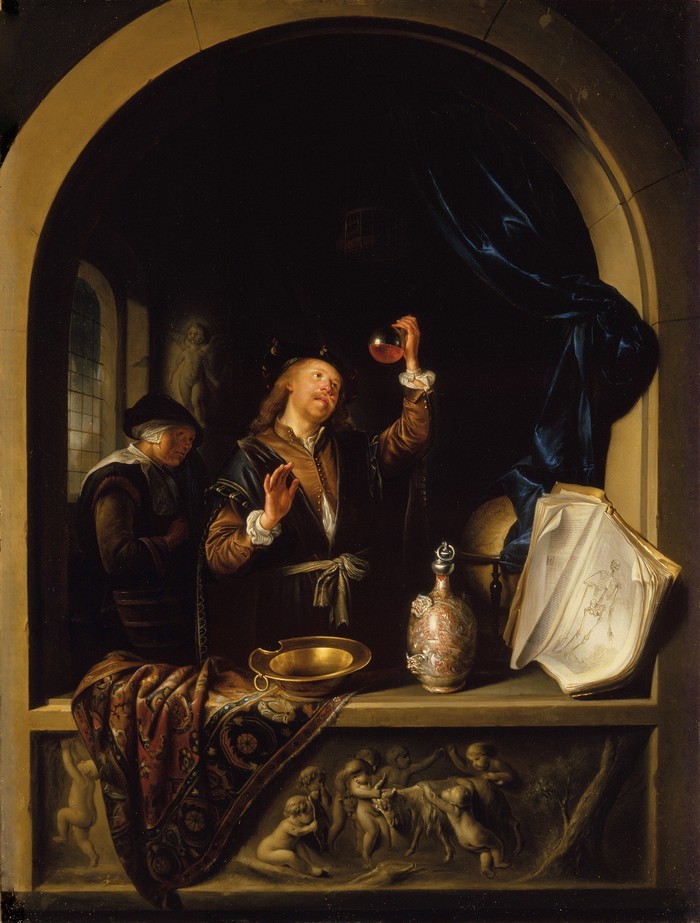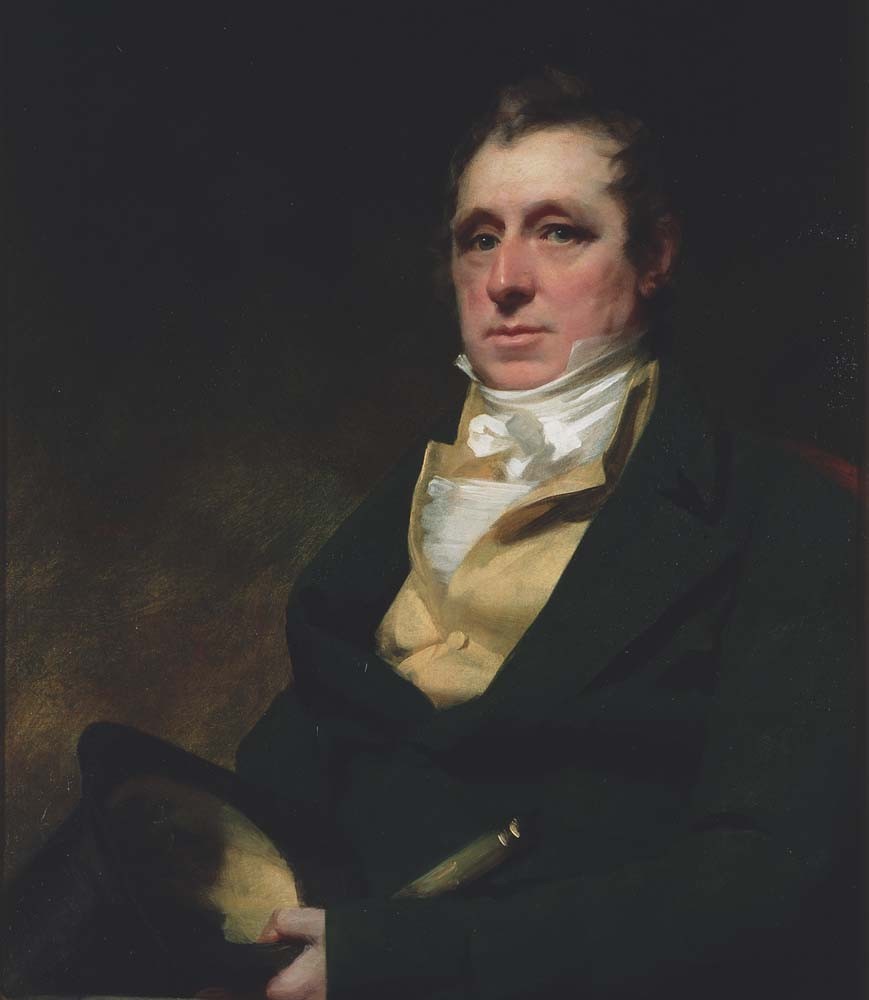Frances Hodgkins
Aotearoa New Zealand, b.1869, d.1947
Pleasure Garden
- 1932
- Watercolour
- Presented by a group of subscribers, 1951
- 875 x 750mm
- 69/08
Tags: benches (furniture), bottles, buildings (structures), chairs (furniture forms), flowers (plants), furniture, gardens (open spaces), outdoor furniture, rivers, statues, tables (support furniture), umbrellas, urban landscapes, women (female humans)
“You say in yr last [letter] that I will not tag on to Colonial life after staying away so long – you surely don’t expect & want me to settle down into a Maiden Aunt do you & throw up career & ambition & lose the precious ground I have gained – you are much too dear and unselfish for that I am sure. I am coming out merely to see you & Sis & the children, to be with you for a while & then to return to my work like any man of business. To make you happy I must be happy myself. I want to see you badly & feel I must come soon at no matter what sacrifice. But do realise Mother that it’s on this side of the world that my work and future career lie. I grieve sometimes that you do not understand this more.” – Frances Hodgkins, excerpt from a letter to her mother, Rachel Hodgkins, 1911
(Perilous: Unheard Stories from the Collection, 6 August 2022- )
Exhibition History
Treasury: A Generous Legacy, 18 December 2015 – 4 December 2016
This work was painted during a sketching trip to Bridgnorth, Shropshire in the summer of 1932. Its lively watercolour style and subject matter express Hodgkins’s characteristic interest in capturing the fleeting sensations of a moment.
Following her death in England, Pleasure Garden was one of six works by Hodgkins brought to Christchurch in 1948 at the request of the Canterbury Society of Arts. When the Society’s purchasing committee rejected the selection, a group of independent art supporters raised the purchase price and offered it to the city’s gallery, whose refusal generated metres of newspaper column displeasure and debate. In 1951 their persistence finally paid off.
Brought to light, November 2009- 22 February 2011
‘Pleasure garden’ was the first work by Hodgkins to be acquired for the collection and remains one of the most controversial acquisitions in the Gallery’s history. It was brought to New Zealand, along with several other Hodgkins paintings, by the Canterbury Society of Arts in 1948. The Society wished to secure a Hodgkins for its collection but elected not to acquire any of the works and instead ‘to use the funds more wisely’. However, a group of Christchurch subscribers did purchase ‘Pleasure garden’, and presented it to the Robert McDougall Art Gallery in 1949. The painting was rejected ‘on its [lack of] merits’. Controversy ensued and, when the work was again offered to Christchurch City Council in July 1951, it was finally taken into the Robert McDougall Art Gallery’s collection. The renowned New Zealand art historian E.H. McCormick commented that: ‘The Pleasure Garden Incident was perhaps a turning point, in the struggle of New Zealand art to free itself from the bondage of timid prejudice and sterile convention. From 1951, when ‘Pleasure garden’ was finally accepted and hung, a future historian may find it convenient to date New Zealand’s emergence from colonial status in the arts.’
The Pleasure Garden was painted when Frances Hodgkins was taking a summer holiday with friends at Bridgnorth, a town on the river Severn in the North Midlands of England.
Hodgkins presents an Expressionist view that hints at pleasant lunches in the garden. Too avantgarde for the Christchurch City Council of the day, when this work was first offered to the City for the Collection, there was great controversy and it was turned down.
Born in Dunedin, Hodgkins studied at the Dunedin School of Art. In 1901 she left to study at the London Polytechnic. In 1903 she was the first New Zealander to have the honour of being ‘hung on the line’ at the Royal Academy. She was also the first woman on the staff of the Académie Colarossi in Paris between 1908 and 1912. Hodgkins travelled between New Zealand and Europe until 1913 when she settled in England. Throughout her career she exhibited with many art groups and galleries, including the Lefevre Galleries in London.
(Opening Gallery hang, 2003)
The Pleasure Garden was painted in the summer of 1933 while Frances Hodgkins was on holiday at Bridgenorth, a town on the river Seven in the North Midland of England. It is an evocative, expressionist presentation of the artist's experiences at Bridgenorth and hints at the lunches, flowers, the amusement park and the boating.
In 1948 the Canterbury Society of Arts asked the British Council to select and send to New Zealand a number of works by the recently deceased Frances Hodgkins who had gained an international reputation as an important modern artist. They also set aside a sum of money to purchase one of the works. The Pleasure Garden arrived with this group of paintings but the CSA council, unfamiliar with the recent developments in contemporary art, voted not to purchase any of the works offered.
A group of Christchurch people then banded together and raised the funds to buy The Pleasure Garden, and offered it to the Christchurch City Council for the Gallery's collection. But again it was declined. They refused to accept the gift as worthy to hang in the gallery. A major controversy then errupted.
It was not until years later, in 1951, that a change in the City Council meant that the acquisition was reconsidered . This time a new arts advisory committee had been formed and, after another lengthy debate, the City Council finally endorsed the committee's recommendation to accept the gift of The Pleasure Garden into the Gallery's collection.
(Unknown, before 2002)
